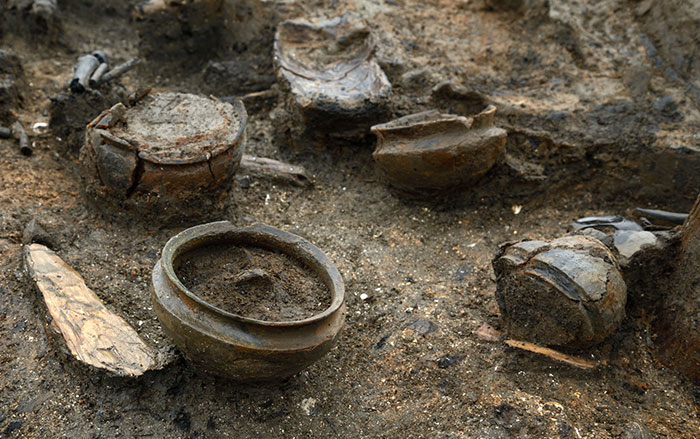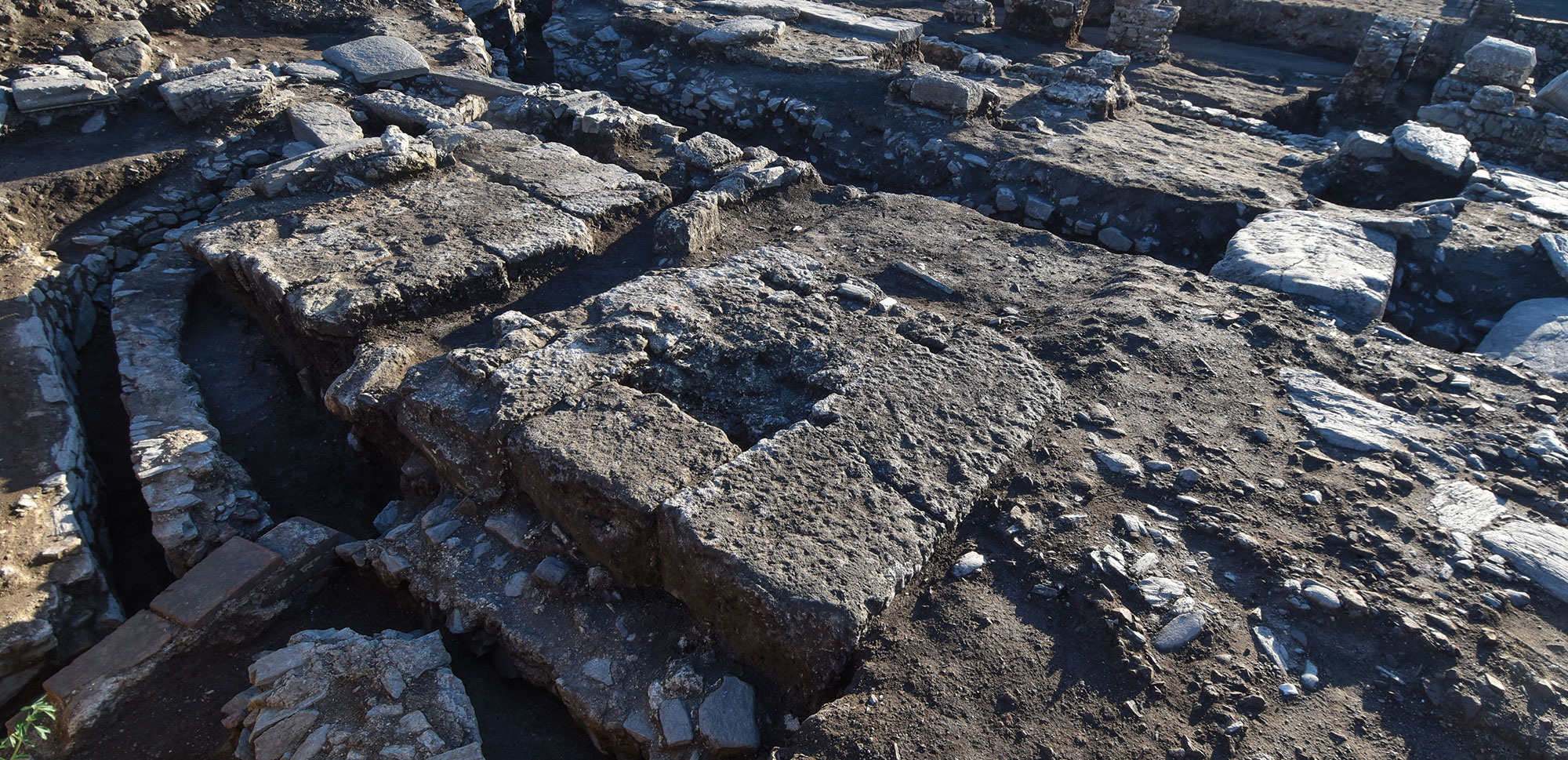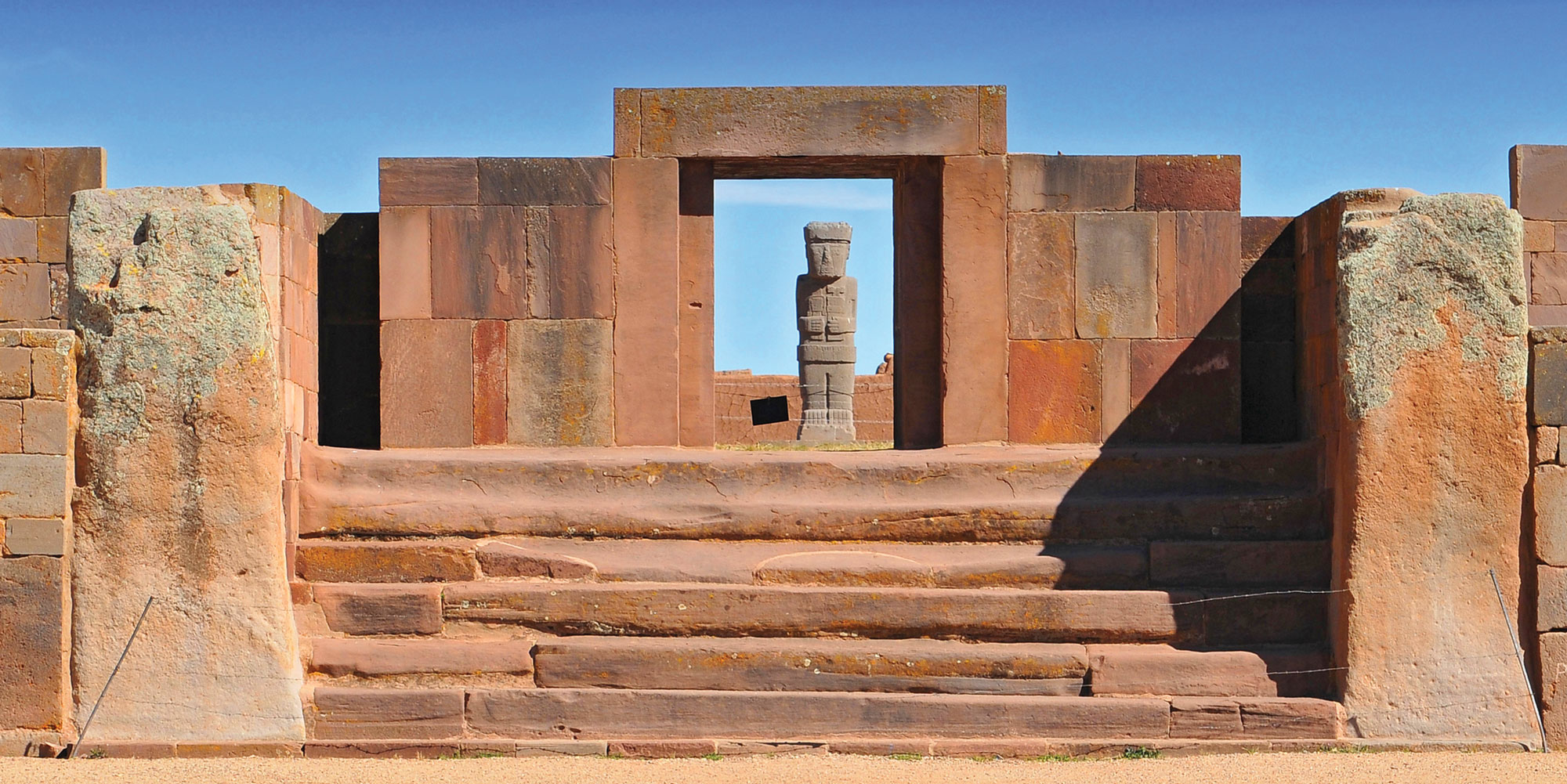
LA CROSSE, WISCONSIN—According to a statement released by Antiquity, Heather Walder of the University of Wisconsin, La Crosse, and Alicia L. Hawkins of the University of Wisconsin, Toronto Mississauga, analyzed the chemical composition of more than 1,000 seventeenth-century glass beads in order to show where in Europe the beads had been produced, and then track their movements in North America. The study suggests that glass beads dated to before 1650 that have been uncovered in the Western Great Lakes region came from the same source as beads recovered from Wendat villages in Ontario. In other words, the Wendat traded beads with the Anishinaabe and other groups of people living in the Western Great Lakes region before they migrated into the area. European traders are not thought to be the source of the beads, since they did not reach the Western Great Lakes region until at least 1670. The study also notes that different colors of beads were traded over time, reflecting the influence of Indigenous preferences on European bead production. For example, red beads, a color favored by the Wendat, eventually became more common. “Glass beads can show how Indigenous people maintained social relationships and actively moved as strategies of resilience and resistance during the seventeenth century in the North American Great Lakes Region,” Walder concluded. Read the original scholarly article about this research in Antiquity. To read about the origins of beads recovered from England's Must Farm settlement, go to "Bronze Age Beads Go Abroad."









